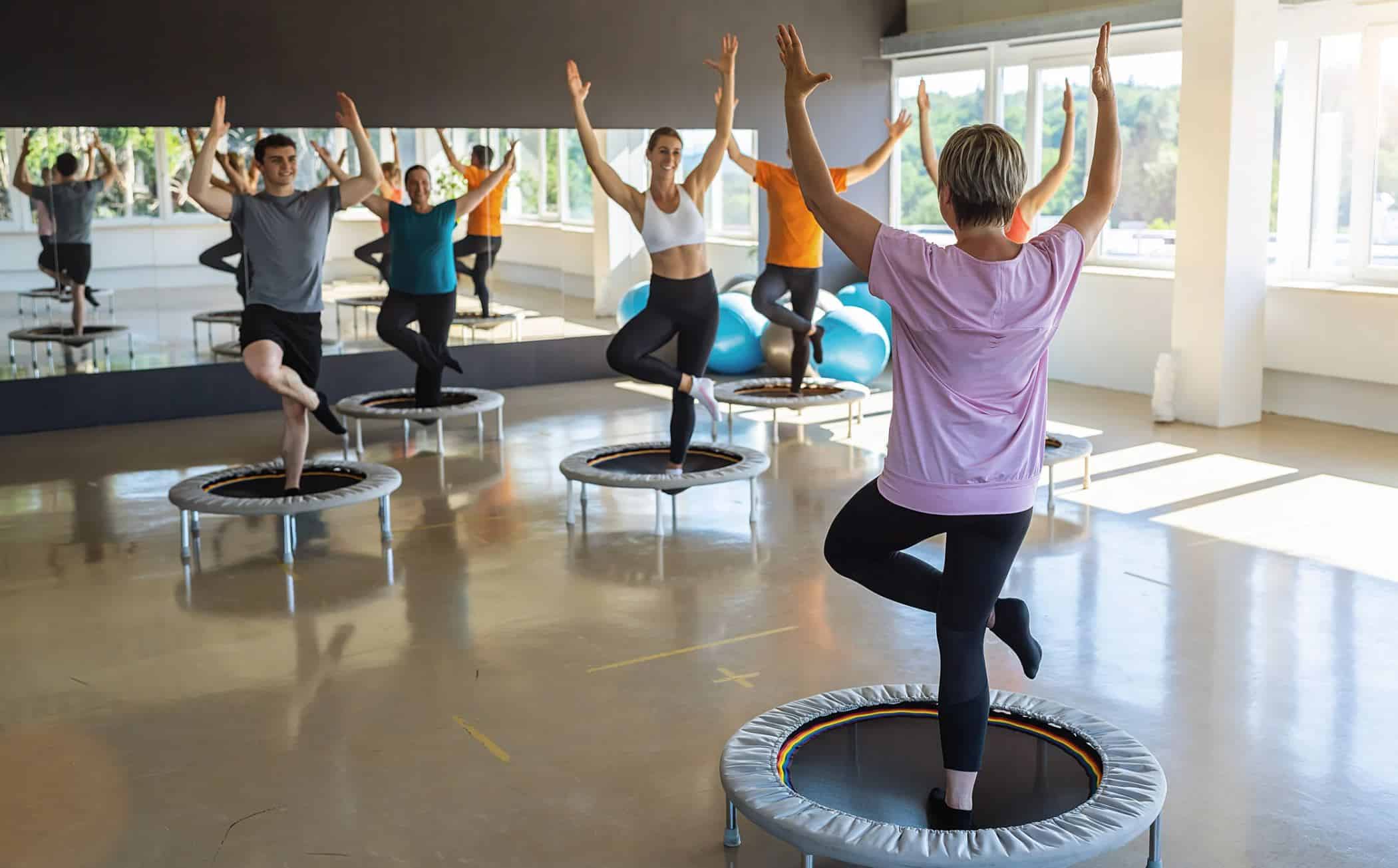What Fitness Enthusiasts Should Look for in a Gym That Supports Long-Term Progress

Choosing a gym can influence the trajectory of your fitness journey more than many people realize. For those fitness enthusiasts who are serious about long-term progress, selecting the right facility requires more than comparing monthly fees or glancing at the equipment. A gym should serve as more than just a physical location to break a sweat; it should function as a consistent support system that grows with you.
Whether you’re an experienced lifter, an endurance athlete, or someone just getting started, the environment in which you train plays a defining role in your ability to maintain motivation, prevent setbacks, and continue seeing results.
Customized Programming for Sustainable Gains
Long-term fitness progress often hinges on a strategy built around the individual, not a one-size-fits-all workout pulled from a whiteboard. Personalized workout plans are crucial for preventing plateaus and accommodating the natural changes that come with age, lifestyle shifts, or injuries. While some gym-goers can manage this on their own, the majority benefit from guided programming. This is where personal trainers become a key asset, not only for their expertise but also for their ability to tailor programs that evolve. Whether the focus is strength, endurance, mobility, or weight loss, having a trained professional to adjust the intensity, variety, and progression of exercises can make the difference between stagnation and steady improvement.
A gym that invests in this level of personalized service signals a deeper commitment to member outcomes. Beyond the technical knowledge, trainers provide accountability, which is an often underestimated driver of consistency. They assess weaknesses, track progress, and help avoid overtraining, factors that have a direct impact on performance and injury prevention.
Well-Maintained and Purposeful Equipment Layout
The best gyms are intentional with their equipment, not cluttered or random. Having access to barbells, dumbbells, resistance machines, cardio equipment, and mobility tools is only part of the equation. It matters how that equipment is arranged and maintained. Clear zones for lifting, stretching, and conditioning support both safety and focus. When machines are broken or left unrepaired for weeks, it’s a red flag. Maintenance reflects how the facility treats its long-term members.
An effective gym layout reduces wasted time between exercises and limits crowding, which is especially important during peak hours. If you’re working on progressive overload or following a strict rest interval, interruptions can stall your results. Well-thought-out spatial design, with adequate room for movement and functional training, helps preserve workout quality.
A Culture That Encourages Consistency
Progress is built on repetition, not rare bursts of effort. This makes gym culture a decisive factor. A welcoming, focused, and respectful environment can be the difference between dreading and looking forward to your workouts. Culture shows up in how staff interact with members, how people treat shared equipment, and how seriously others take their training.
You don’t need a gym full of bodybuilders or competitive athletes, but being around people who show up consistently and challenge themselves can be contagious. It’s about atmosphere, cleanliness, lighting, noise level, and even the music playing in the background, all contribute to whether the space invites effort or distracts from it.
A gym that actively discourages ego lifting or aggressive competitiveness often builds a more sustainable environment. Supportive community dynamics help normalize long-term commitment over short-term intensity.
Variety in Training Modalities
Repetitive routines can wear down both the body and motivation. A gym that supports long-term progress makes room for variety. This means offering access to strength training, functional fitness, cardio options, stretching zones, and possibly recovery tools like foam rollers or massage guns.
Class offerings can also play a role, from high-intensity interval training (HIIT) to yoga or indoor cycling. These can help members switch things up without losing momentum. Some athletes benefit from seasonal variations in training focus, lifting heavier in colder months, doing more cardio or conditioning as races or events approach.
Long-Term Progress Tracking Options
What gets measured gets managed. Any gym that claims to support lasting results should provide tools or support for tracking them. This doesn’t necessarily mean fancy digital kiosks or body scanners, although those can be helpful. Even a simple system of progress journals, periodic testing days, or trainer-led assessments shows the gym values goal-setting and review.
Members often underestimate their progress when they don’t track it. Losing two inches from your waist or adding 25 pounds to your squat over six months might go unnoticed unless it’s logged. A quality gym will help members set realistic benchmarks and give them the tools to check back in regularly.
Fitness progress rarely moves in a straight line. It’s shaped by the people you surround yourself with, the tools at your disposal, and the environment in which you train. For those serious about their health and strength, the difference between short-term engagement and lasting improvement often lies in the details and the decisions made before signing that membership form.
